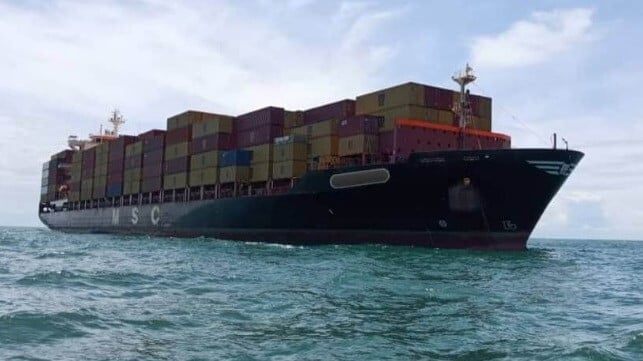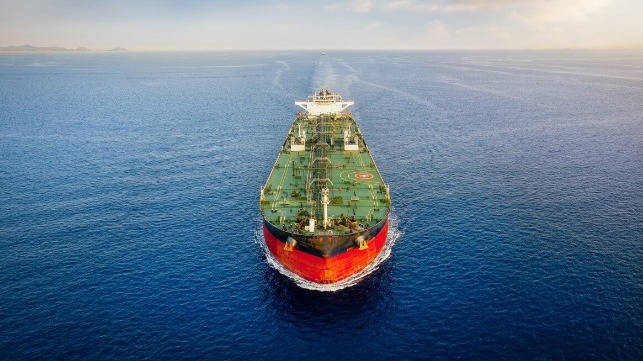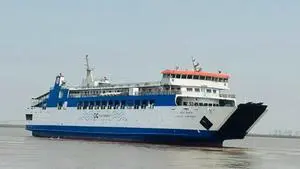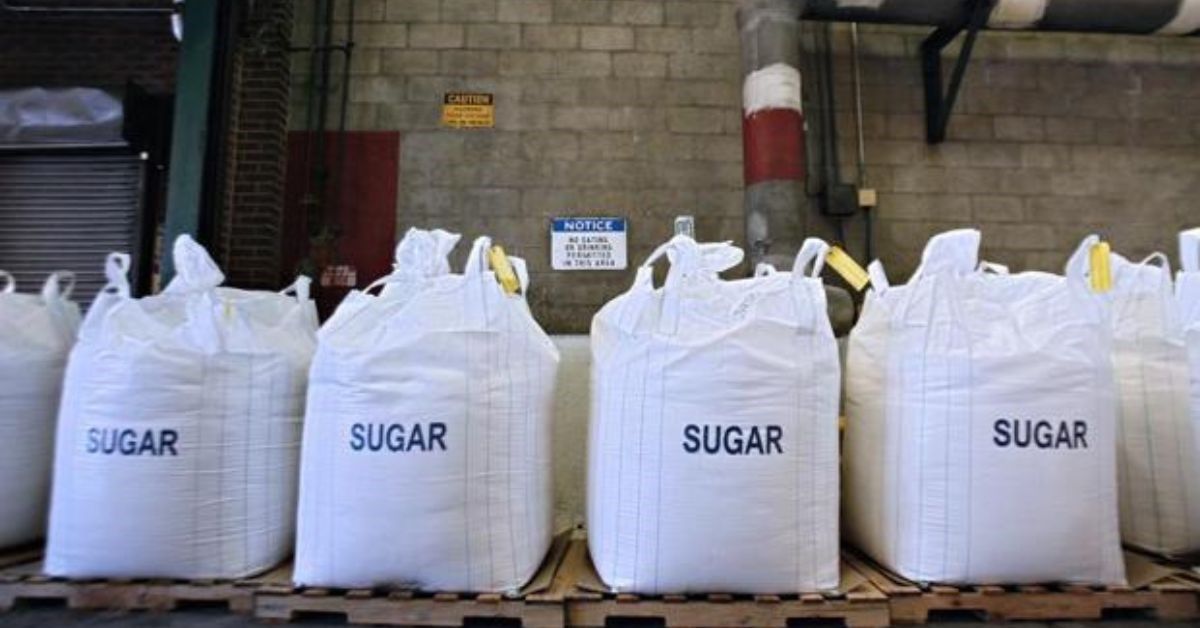Indian Navy Accused of Forcing 40 Immigrants Into the Sea
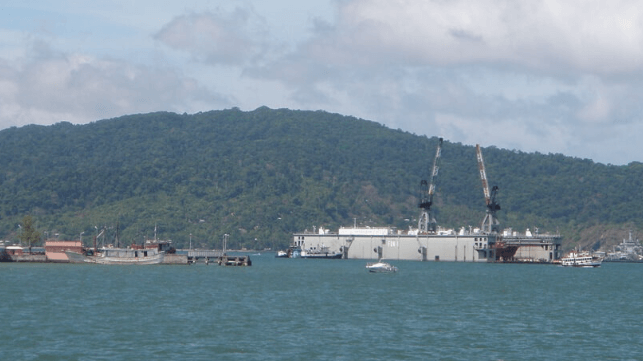
The government of India is stepping up deportations of certain ethnic groups, including members of the Rohingya people from Myanmar - and it appears that in an effort to assist the campaign, the Indian Navy may have forced 40 Rohingya immigrants to jump into the sea, according to the UN's human rights office.
The Rohingya are among the world's most persecuted peoples, and more than a million fled the Myanmar military's genocidal ethnic cleansing campaign in 2017. Most ended up in Bangladesh, but more than 22,000 have registered as UN-recognized refugees in India.
The Indian government takes a different view of their status: it has long treated the Rohingya as a threat to internal security, accusing them of terrorist ties. Legally, India does not have a "refugee" category for immigrants, and it is not a signatory to the 1951 Refugee Convention. The government considers all Rohingya in India to be illegals, and it periodically conducts limited deportation campaigns.
India's latest push to remove the Rohingya appears to be more vigorous than previous attempts. Himanta Biswa Sarma, a member of the ruling BJP party, recently said that "pushing back" immigrants without using the legal system would be the "new phenomenon" going forward, and he called extralegal deportations an "innovation."
Rights groups allege that Indian security forces have adopted an elevated level of brutality in recent deportation efforts. The case that is most concerning to the UN started in New Delhi last week. According to local human rights organizations, police detained dozens of Rohingya refugees in the city for processing on May 6. About 40 members of this group were reportedly blindfolded and flown 1,500 miles southeast to the Andaman and Nicobar Islands, on the east side of the Bay of Bengal.
There, they were transferred to an Indian Navy vessel, which got under way for Myanmar's Tanintharyi region, about 300 nautical miles east on the other side of the Andaman Sea. On arrival at the destination, the Rohingya were given life jackets, forced to enter the water, and ordered to swim for shore on an island in Myanmar, survivors reported.
The deportees who were put into the water included teenagers, seniors and cancer patients, according to the People's Union for Civil Liberties (PUCL), India's largest rights group.
All of the Rohingya survived and made it to shore. Some of the survivors reported beatings and other mistreatment during their time in custody, consistent with other recent reports.
“The idea that Rohingya refugees have been cast into the sea from naval vessels is nothing short of outrageous. I am seeking further information and testimony regarding these developments and implore the Indian government to provide a full accounting of what happened,” said Tom Andrews, UN Special Rapporteur on the situation of human rights in Myanmar.
It is not the only incident of irregular deportation methods reported by India's neighbors. Last weekend, the Bangladeshi coast guard rescued 78 people who had been deported and abandoned in the Sundarbans, the wide and undeveloped river delta that separates the Bangladeshi and Indian coastlines. The rescuees asserted that they had been detained in Gujarat, flown to the border region by plane, then transported in a motor launch to Mandarbaria, a remote beach near the center of the delta's coast. They were abandoned there on May 9 and were discovered by local foresters on May 10. According to Bangladeshi police, one survivor had a broken arm and others had visible injuries. "They had gone without food for several days," forest conservator Moshiur Rahman told The Business Standard.
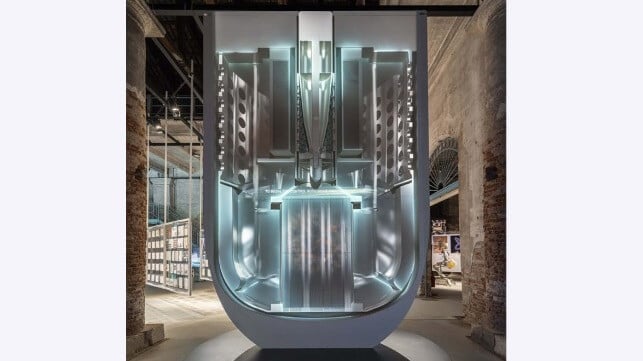

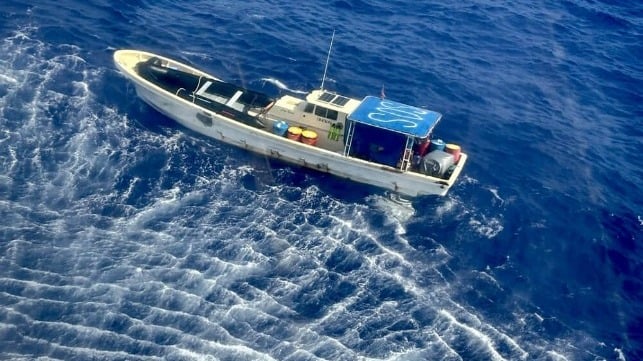
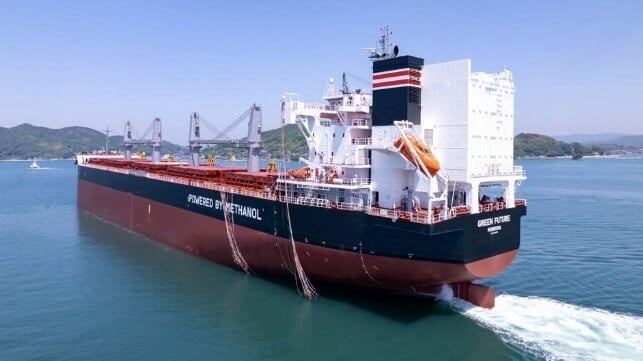

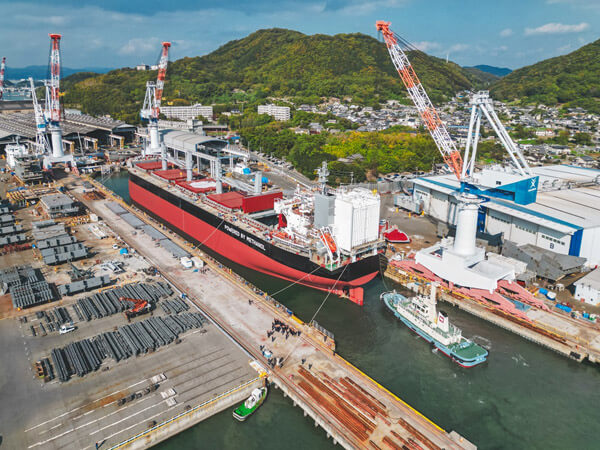

 n
the modern shipping industry, operational resilience goes beyond
seaworthy vessels and capable crews. It’s about the digital backbone
powering every function of a fleet—from safety and compliance, to
maintenance, procurement, crewing, and more.
n
the modern shipping industry, operational resilience goes beyond
seaworthy vessels and capable crews. It’s about the digital backbone
powering every function of a fleet—from safety and compliance, to
maintenance, procurement, crewing, and more.